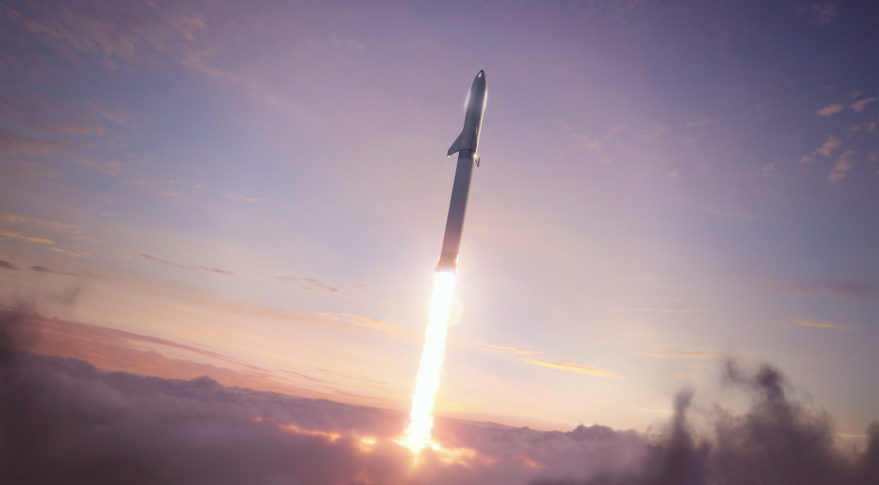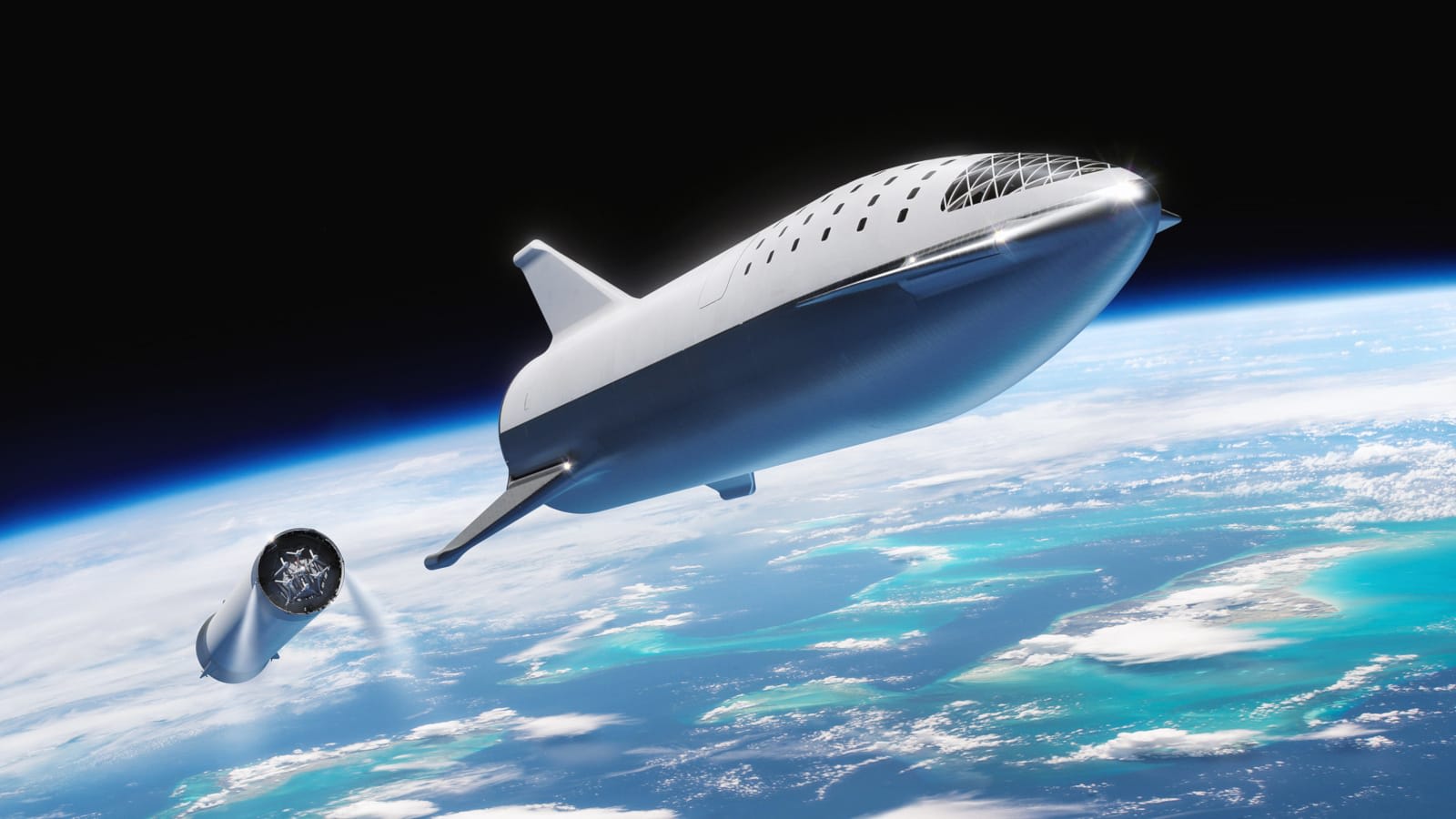SpaceX targets 2021 For Commercial Starship Launch
JAKARTA, Indonesia — The first commercial
mission for SpaceX’s Starship and Super Heavy launch system will likely take
place in 2021, a company executive said June 26.
Jonathan Hofeller, SpaceX’s vice president
of commercial sales, said the company is in talks with prospective customers
for the first commercial launch of that system roughly two years from now.
“We are in discussions with three different
customers as we speak right now to be that first mission,” Hofeller said at the
APSAT conference here. “Those are all telecom companies.”

SpaceX’s Super Heavy booster and Starship upper stage are being designed to
launch up to 20 metric tons to geostationary transfer orbit, Hofeller said, or
more than 100 metric tons to low Earth orbit. Equipped with a nine-meter
payload fairing, the launch system is designed to carry crew and resources to
the moon and Mars, but is also SpaceX’s next vehicle to send satellites into
orbit around the Earth and elsewhere.
Hofeller said SpaceX plans to do several
test flights before using the next-generation launch system for satellites.
Those test flights — a number he did not quantify — are to demonstrate the
launch system for customers and to assuage any concerns by insurers about the
reliability of a new vehicle.

SpaceX performed a “hop” with
a prototype of Starship in April, propelling the vehicle just centimeters off
the ground, Hofeller said. Future tests will reach higher altitudes, he said.
“We have future hops coming up later this
year,” he said. “The goal is to get orbital as quickly as possible, potentially
even this year, with the full stack operational by the end of next year and
then customers in early 2021.”
SpaceX ultimately intends to supersede its
current partly reusable Falcon 9 and Falcon Heavy launchers with the fully
reusable Super Heavy booster and Starship upper stage. The company won’t rush
customers from one generation of vehicles to another, however.
“Falcon 9 and Falcon Heavy are going to be
around as long as our customers want them,” Hofeller said. “If we make them
obsolete by having a better product and a lower price, great.”
Hofeller said the discounted pricing SpaceX gave
to early customers of Falcon 9 missions with pre-flown first-stage boosters is
now the company’s normal pricing. SpaceX Founder Elon Musk said last year that
previously flown booster missions were priced “around $50 million,”
down from $62 million. Musk said SpaceX’s prices would continue to decline,
too.
Comments
Post a Comment